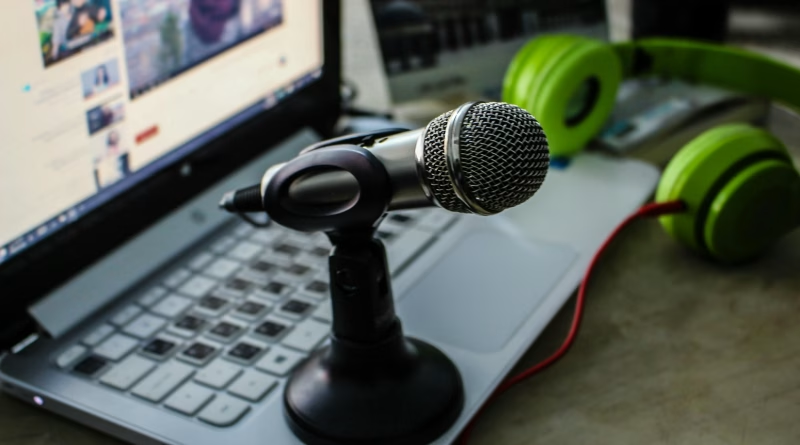The New Creator Stack: The AI-Powered Tools YouTubers and Podcasters Are Actually Using
Remember the classic image of a YouTuber? Someone bleary-eyed, surrounded by coffee cups, spending 12 hours editing a 10-minute video. Or the podcaster, manually transcribing hours of audio and struggling to write compelling show notes. For a long time, being a successful creator was as much about brute-force labor as it was about creativity.
That era is officially over.
Today, the most efficient and fastest-growing creators are operating less like solo artists and more like savvy executives. Their secret? They’re managing a powerful new team of AI assistants that automates the most grueling parts of the content creation process. This collection of tools is the “new creator stack,” and it’s completely changing the game.
Here’s a look at the AI-powered workflow that top YouTubers and podcasters are actually using right now.
Stage 1: Ideation & Research (The Spark)
The “blank page” is a creator’s worst enemy. The old way involved hours of manual trend-spotting and brainstorming. The new way is to consult an AI muse.
- The Tool: Think of an AI-powered research assistant. Creators feed it a simple prompt like “ideas for a video about the future of wearable tech” or “podcast topics related to sustainable startups.”
- The Magic: In seconds, the AI analyzes current search trends, competitor videos, and audience sentiment to generate dozens of potential titles, outlines, and talking points. It can even suggest specific keywords to target for maximum visibility. The creator’s job is no longer to come up with an idea from scratch, but to use their expert judgment to select and refine the best-of-the-best from a list of high-potential options.
Stage 2: Production & Editing (The Grunt Work)
This is where the most dramatic time-savings occur. Video and audio editing, once the biggest time-sink, is now shockingly efficient.
- The Tool: The breakout star here is the text-based video/audio editor.
- The Magic: When a creator finishes recording, they upload the file to an AI tool that instantly transcribes the entire thing. From there, editing video is as easy as editing a text document. To remove a segment where you stumbled over your words, you don’t hunt for timestamps; you just highlight and delete the text, and the corresponding video/audio is cut automatically. These tools also use AI to remove all the “ums,” “ahs,” and long pauses with a single click and can even clean up background noise, making a home recording sound like it was made in a professional studio.
Stage 3: Post-Production & Repurposing (The Multiplier)
A single long-form video is no longer enough; you need clips for TikTok, Reels, and Shorts. This used to be a separate, soul-crushing editing job. Not anymore.
- The Tool: An AI-powered “clipping” wizard.
- The Magic: A creator uploads their final 20-minute YouTube video, and the AI gets to work. It analyzes the entire video for the most engaging, shareable, or “viral” moments. It then automatically recuts these moments into perfectly formatted vertical videos, adds dynamic captions, and presents the creator with 5-10 ready-to-post short-form clips. This allows them to dominate every platform without multiplying their workload.
Stage 4: Publishing & Promotion (The Megaphone)
The final piece of the puzzle is getting the content in front of people. AI has automated this, too.
- The Tool: An AI-driven publishing and marketing suite.
- The Magic: Once the final content is ready, AI tools write the entire YouTube description, generate a list of optimal tags, write detailed podcast show notes with timestamps, and even draft promotional posts for social media. Some advanced tools can even A/B test different thumbnails by predicting which one will have a higher click-through rate with your target audience.
The Creator as The Curator
This doesn’t mean creativity is dead. Quite the opposite. By outsourcing the technical grunt work to this AI stack, creators are freed up to focus on what truly matters: their unique ideas, their perspective, their personality, and their connection with their audience.
The new creator isn’t just a video editor or a sound engineer anymore. They are a strategist, a director, and a tastemaker. The barrier to entry for producing high-quality content has been obliterated. The only thing that can’t be automated is a creator’s authentic voice.




